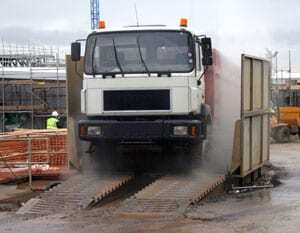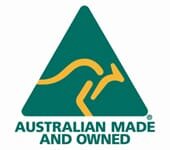Envirosafe Solutions focuses on Hands First Foaming Hand Sanitiser and the recent World Health Organisation and national handwashing campaigns that have been activated in Australia in the past few years.
What is the single most effective and assured method of preventing the spread of bacteria, germs and illness? It’s certainly not taking copious quantities of expensive vitamins, and it is not hiding away like a Howard Hughes germophobe, unable to engage in life and all it has to offer.
Yes…you guessed it. It is the simple and easy practice of washing our hands.
According to Hand Hygiene Australia, “hand hygiene” is a general terms applying “to the use of solution/soap (non-antimicrobial or antimicrobial) and water, or a waterless antimicrobial agent to the surface of hands. And, in Australia, hand hygiene practices have been universally poor among health care workers because of:
- Heavier workloads – the busier one is, the less likely he/she is to wash hands
- There is not enough time to wash hands as frequently as is required
- Hands do not appear dirty and therefore one assumes there are no bugs”[1]
The World Health Organisation also supports thorough hand washing and has issued two posters to highlight the need for vigilance. It also states that “clean hands protect against infection” and has attempted to “embed hand hygiene promotional activities as a national priority in countries around the world,” of which Australia is one.[2] Its ClearingHandsNet Campaign began in 2007 and gained momentum in 2009 with The World Health Organisation’s Guidelines on Hand Hygiene in Health Care which made the following recommendations to nations:
- Make improved hand hygiene a national priority
- Support strengthening of infection control capacities
- Promote hand hygiene at the community level
- Encourage health care settings to use hand hygiene as a quality indicator[3]
Envirosafe Solutions actively supports the WHO program and our own national hand washing campigns, and has developed a quality hand washing liquid product that is alcohol free and non-flammable and non-toxic. Its Hands First liquid handwashing product also contains aloe vera and is fragrance free, making it particularly suitable for those suffering allergies or other sensitivities. It also contains natural ingredients such as grapefruit seed extract and uses Benzalkonium Chloride as its base, which has “long been deemed safe for human use” and has the capacity to kill germs for up to 4 hours after being used.[4]
Envirosafe Solutions Hands First Antibacterial handwash is available in small carry all and counter top quantities (50ml and 200ml respectively) as well as larger quantities of up to 2 litres for sanitiser refills.
Please contact Envirosafe Solutions to order your Hands First antibacterial handwash. Our friendly staff are ready to help you with your order now on 1300 889070.
[1] http://hha.org.au/AboutHandHygiene.aspx
[2] http://www.who.int/gpsc/national_campaigns/background/en/index/html
[3] http://www.who.int/gpsc/national_campaigns/background/en/index/html
[4] http://www.envirosafesolutions.com.au/productinnerpage.php?cat=17&product=60


































